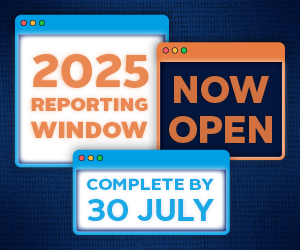Companies should ensure oversight at board level, and that board members are regularly trained. They should establish processes that enable them to identify and respond appropriately to legislation and ensure relevant departments (e.g. human resource and labour/ environmental compliance, senior management, procurement or sourcing, communications and/ or marketing, production) are trained.
Background
Board oversight is key to ensure that the company takes supply chain labour practices seriously across departments, and that capacity and processes are built up where needed. Heightened visibility of labour related issues in the supply chain and emerging legislation means that companies will be increasingly held to account for their performance in this area.
Engagement questions
Opening questions
Board oversight:
- Do the responsibilities of the board specifically include oversight of human rights, including supply chain labour rights?
- Does the board regularly discuss human rights and/or is the board regularly informed of human rights, including supply chain labour rights?
- Does the board receive training on human rights, including supply chain labour rights?
Follow-up questions
Senior-level accountability
- Does the company have a senior staff member responsible for human rights goals, including those related to supply chain labour?
- Are there clear reporting lines for operational staff to report into the responsible senior staff member?
- Does the company link remuneration for senior executives to human rights or more specifically to labour practices in the supply chain?
Response to emerging regulation
- Has the company established processes that enable it to identify and respond appropriately to relevant global legislation?
- Does the company disclose information as required by relevant legislation (e.g. UK Modern Slavery Act, California Supply Chain Transparency Act)?
Internal capacity-building
- Does the company provide human rights training, including supplier code of conduct training to relevant departments (e.g. human resource and labour/ environmental compliance, senior management, procurement or sourcing, communications and/or marketing, production)?
Company examples
Board oversight and remuneration: The responsibilities of the Finance, Governance and Sustainability Committee of the Brazilian food company BRF include oversight of sustainability, including in the supply chain. BRF publishes the names of the four committee members and links the remuneration of board members, committee members and executive board members to sustainability-related issues.
Board oversight specifically of labour aspects in the supply chain: Since 2007, the French food product company Danone has a Social Responsibility Committee in place whose responsibilities include social issues relating to the company’s own employees and the employees of its partners, subcontractors, suppliers and customers. The committee reviews Danone’s social policies, their objectives and the results obtained, and reports back to the board of directors.
Building internal capacity on human and labour rights: The US food processing company Archer Daniels Midland communicates its human rights commitment – which includes aspects such as child labour, forced labour, workers’ rights and compensation – to its employees through internal channels such as the company’s annual compliance training, prominent workplace postings, its intranet and other communications.
Training procurement staff: The US-based food and beverage company Mondelez International trains its procurement staff on labour-related procurement risks, including on human trafficking and slavery.
Tools and further guidance
The following publication provides guidance for companies on how to build internal capacity on supply chain management . from executive leadership and the board of directors to supply chain management professionals . including how to address challenges such as internal alignment and cross-functional coordination.
- BSR, UN Global Compact (2015) - Supply Chain Sustainability - A Practical Guide for Continuous Improvement, Second Edition, chapter 6: Determining Roles & Responsibilities, p. 51ff
Download the full report
-

From poor working conditions to forced labour - what's hidden in your portfolio?
June 2016
From poor working conditions to forced labour - what's hidden in your portfolio?
- 1
- 2
- 3
- 4
- 5
- 6Currently reading
Expectation 2
- 7
- 8
- 9
- 10
- 11














